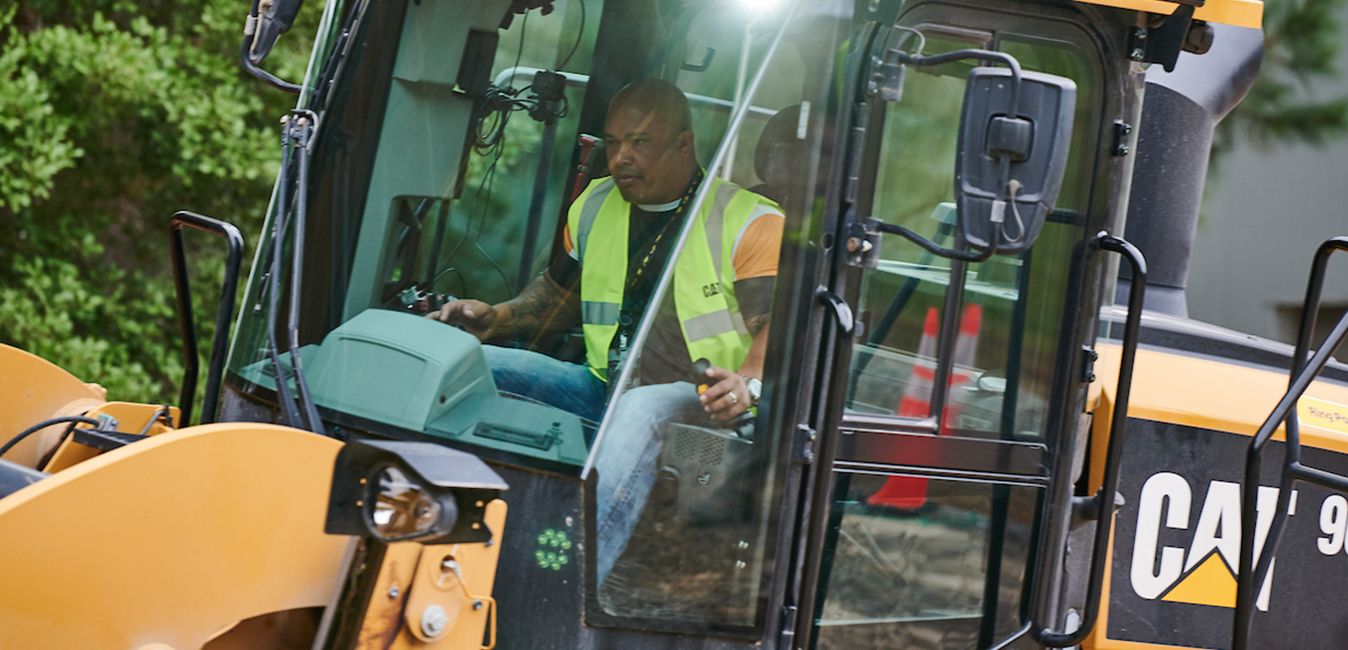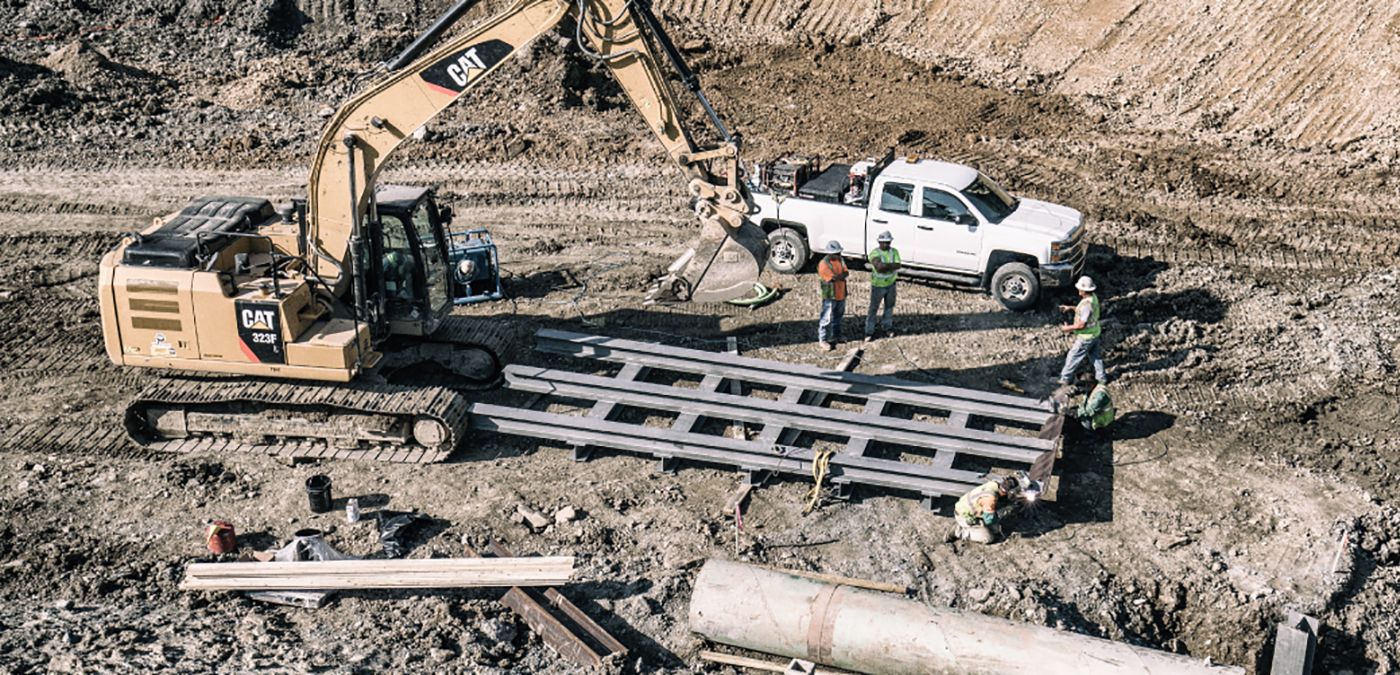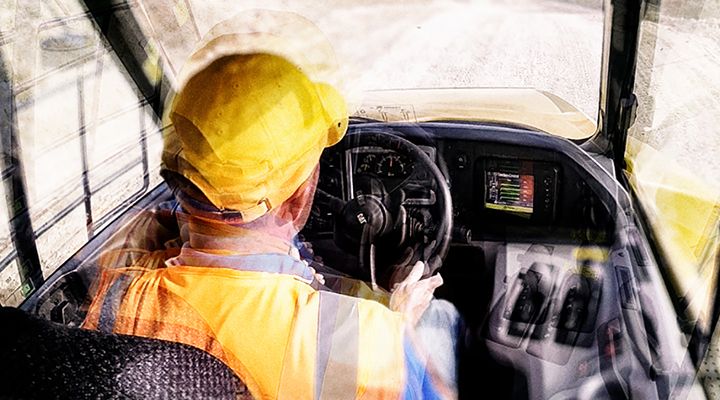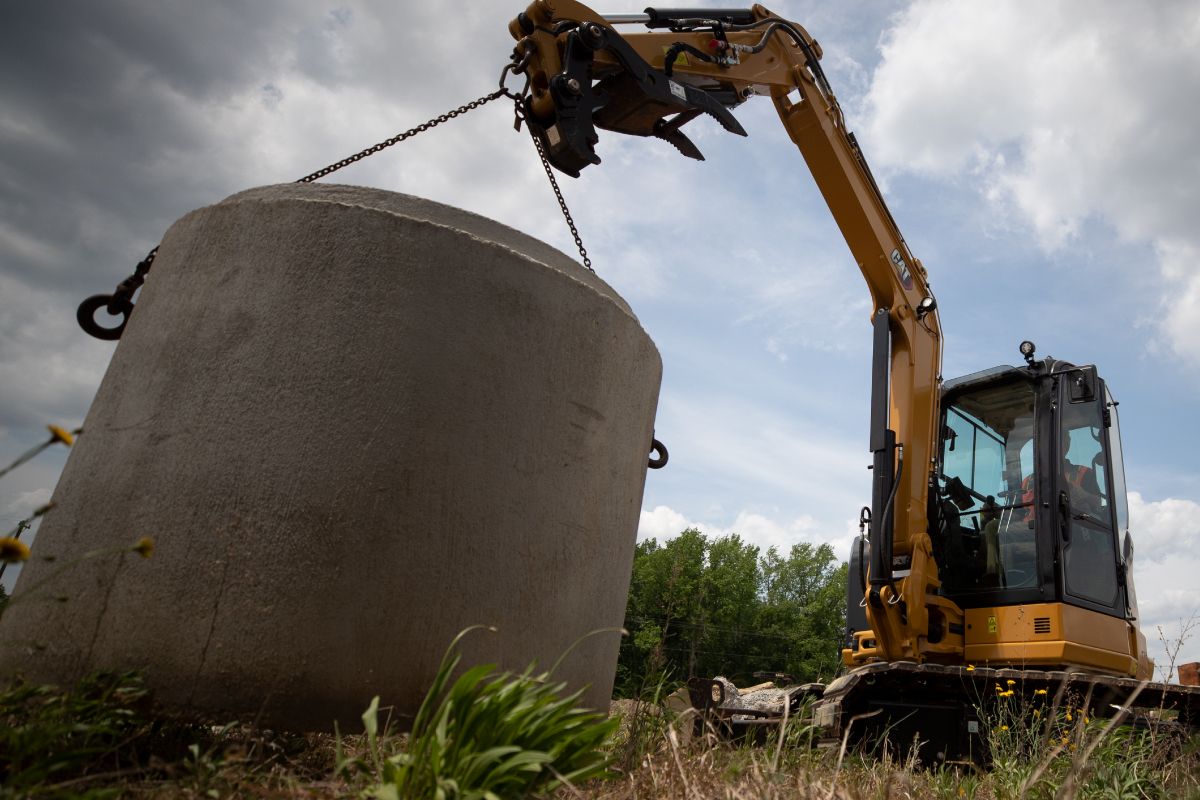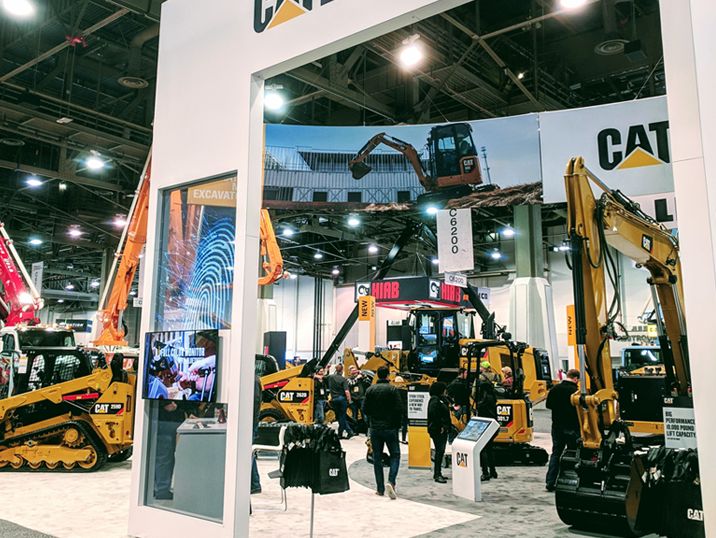

Sign In
Welcome! Sign In to personalize your Cat.com experience
If you already have an existing account with another Cat App, you can use the same account to sign in here
Register Now
One Account. All of Cat.
Your Caterpillar account is the single account you use to log in to select services and applications we offer. Shop for parts and machines online, manage your fleet, go mobile, and more.
Account Information
Site Settings
Security
Sobering Facts about Substance Abuse in Construction
Substance abuse is a big problem for construction employees. In fact, a 2015 study from the Substance Abuse and Mental Health Services Administration (SAMHSA) concluded that the construction industry has more drug and alcohol abuse than any other sector except for hospitality and food service.1 According to the study, among full-time construction workers:
- 16.5% (1.6 million people) reported drinking heavily in the previous month (heavy drinking is defined by the Centers for Disease Control and Prevention as 15 or more drinks per week for men and eight or more for women).2
- 11.6% (1.1 million people) said they had used illicit drugs (marijuana, cocaine, methamphetamines, opioids and others) in the past month.
- 14.3% (1.4 million people) reported addiction to alcohol or other drugs.
Do the numbers make you uncomfortable?
They should. When employees come to work under the influence—or even just hungover—they may make poor decisions, act recklessly, disregard safety practices or take other unnecessary risks. The result? Accidents, injuries, maybe even fatalities.
Even if things don’t escalate to that level, substance abuse can affect productivity. Employees who struggle with addiction may miss shifts, come in late or have trouble completing tasks on time. And that will jeopardize your ability to do quality work on schedule and within budget.
Why construction?
It’s hard to know exactly why the construction industry is so susceptible to substance abuse. The fact that more than 90% of construction workers are male likely plays a role. According to the SAMHSA study, males are more apt to consume alcohol, have drinking problems, use illicit drugs and develop substance abuse disorders.
But there are other factors at play as well. The nature of some construction jobs—long days filled with repetitive tasks—may contribute to substance abuse. Some workers use alcohol, opioids and other drugs to numb the physical pain that accompanies manual labor. And in some companies, it’s common for groups of workers to head to a bar after work to cool off, relax and socialize.
Creating a sober workplace
There’s no simple way to keep drugs and alcohol off the job site, but experts recommend taking action on several fronts.
- Education. Help workers understand the grave risks they are assuming when they use drugs or alcohol on the job or come to work high or hungover. Teach them to identify the signs of substance abuse so they can recognize co-workers who may be under the influence.
- Support. Create an environment in which employees who are struggling with addiction can ask for and be directed to professional help.
- Testing. Use drug testing as needed to screen potential employees and manage your current team. Be upfront about your program. Help people understand it’s a precautionary measure designed to protect everyone from danger. Perform the testing under the supervision of a licensed physician who can interpret the results and provide other relevant information about the applicant or employee’s health.
- Culture. Host alcohol-free team-building events instead—things like family picnics, volunteer activities, hikes, fantasy sports leagues or trivia contests.
Get resources and get started
For help developing a substance abuse prevention program, check out the Construction Coalition for a Drug- and Alcohol-Free Workplace. Formed in 2012 by some of the biggest players in the industry including The Associated General Contractors of America, Construction Industry Roundtable and Women Construction Owners & Executives, this coalition now includes more than 5,700 organizations. Each has taken a pledge to foster sobriety in the workplace and throughout the construction industry. Resources and information are available at http://www.drugfreeconstruction.org.
1 https://www.samhsa.gov/data/sites/default/files/NSDUH-DetTabs-2015/NSDUH-DetTabs-2015/NSDUH-DetTabs-2015.pdf
2 https://www.cdc.gov/alcohol/faqs.htm
RELATED ARTICLES
You’re here to get ideas to grow your business. Read on for machine insights and expert tips and tricks to get more out of every job.
-
Stay Cool — and Safe — This Sumer
As temperatures rise, chances are your workload will, too. Summer brings an influx of jobs to the construction industry, and that can mean long hours in the sun, heat and humidity for your team — and your equipment. Here are a few tips to keep both safe during the dog days of summer.
Learn More -
Opioids and Construction: A Bad Combination
The opioid epidemic is dominating a lot of headlines these days, with the Centers for Disease Control and Prevention reporting that opioids were involved in more than 42,000 overdose deaths in 2016 — five times that of 1999. But if you think that’s a problem for the D.C. bureaucrats to handle, think again.
Learn More -
Excavator Safety: Lifting Heavy Loads
Make sure you and your crew are practicing excavator safety on the job with these tips on lifting heavy loads.
Learn More -
World of Concrete 2020 Recap: Creating a Safety Culture Workplace
Caterpillar’s Justin Ganchow, of Caterpillar Safety Services, shared his insights about creating a safety culture workplace at World of Concrete 2020.
Learn More

